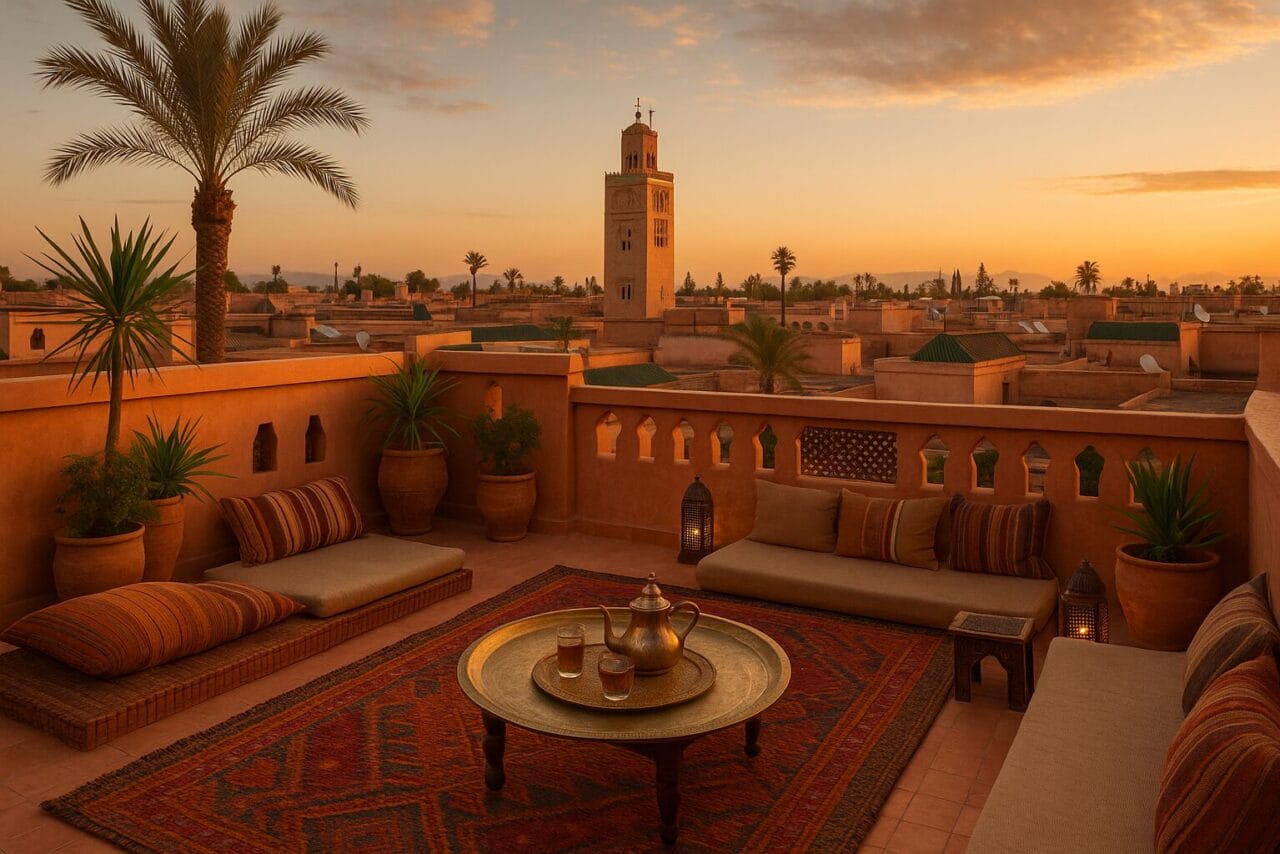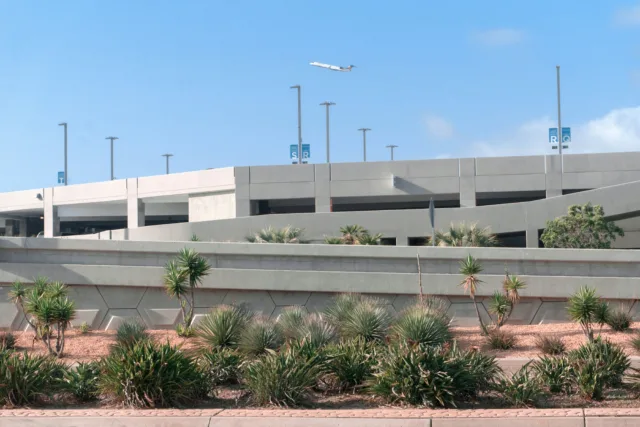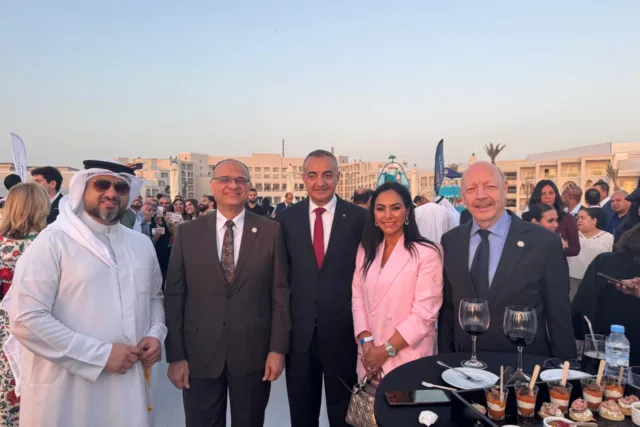
Moroccan Rooftop Terraces: The Future of Luxury Urban Living
A New Perspective on City Life
Morocco’s cities are a symphony of color, rhythm, and movement. The medinas bustle with merchants, tourists, and locals living their daily stories. Yet above the labyrinth of alleys and riads, there’s a quieter world—an escape. Moroccan rooftop terraces are rising in popularity, not just as architectural features, but as lifestyle essentials.
They offer privacy in a crowded city. In addition, they catch every breeze in the heat of summer. More importantly, they represent a luxurious and deeply Moroccan way of living—rooted in tradition and reimagined for today.
The Evolution of the Rooftop
Historically, rooftops in Morocco served practical functions. Families would use them to dry laundry, store seasonal items, or even sleep under the stars during hot nights. However, over time, rooftops transformed into treasured personal retreats. The addition of seating areas, potted plants, and mosaic-tiled fountains turned utility into beauty.
Today, Moroccan rooftop terraces are architectural focal points. In fact, interior designers and architects now plan homes around the potential of the roof. It’s not just about having one—it’s about how you live on it.
Design That Elevates Comfort
The most captivating rooftop terraces are those that blend authenticity with elegance. You’ll often find handcrafted zellige tiles underfoot, carved wood pergolas above, and low, colorful cushions lining built-in benches. Hanging lanterns provide soft light after sunset. Terracotta pots brim with jasmine, olive trees, or vibrant bougainvillea.
Moreover, modern designs now include plunge pools, retractable awnings, or outdoor kitchens. Whether traditional or modern, the focus is the same: to create a serene, open-air living room in the sky.
For deeper architectural insight into rooftop design, explore the Aga Khan Documentation Center at MIT (outbound link).
A Rooftop for Every Season
Unlike colder countries, Morocco’s climate allows for almost year-round outdoor living. In spring, terraces are filled with the scent of blooming citrus. In summer, shaded canopies and mist fans make the space usable throughout the day. During winter, fireplaces and thick textiles turn them into cozy retreats.
As a result, Moroccan rooftop terraces become extensions of indoor life, offering the same comfort with more freedom and light.
Real Estate Value in the Sky
As more homeowners seek outdoor space, real estate developers are listening. In Marrakech and Essaouira especially, rooftop design now plays a crucial role in property valuation. Buyers ask about orientation, privacy, and sun exposure.
Orchid Island Real Estate’s luxury listings (internal link) often highlight rooftop terraces in their property features. Therefore, investing in Moroccan rooftop terraces adds not only aesthetic value, but also strong market appeal.
Wellness, Hospitality, and Culture
From morning meditation to candlelit dinners, the rooftop is where daily life slows down. Many boutique hotels have turned their terraces into yoga decks, open-air massage areas, or panoramic lounges. For example, cafés and restaurants in Fez and Rabat compete for the best rooftop views.
Moroccan rooftop terraces reflect more than design—they mirror Moroccan values of beauty, relaxation, and hospitality. They’re made to be shared. A place for tea with friends. A quiet space for reflection. A stage for celebrating life’s moments.
Why Rooftops Are the Future of Urban Living
In a world of limited green space and growing cities, rooftops offer the next frontier for thoughtful design. Morocco has embraced this concept organically for centuries. Now, global architects are turning to the Moroccan model for inspiration.
If you’re considering a second home or boutique investment property, prioritize a rooftop. It may just become your favorite room—one without walls, ceilings, or limits.



Leave a Reply